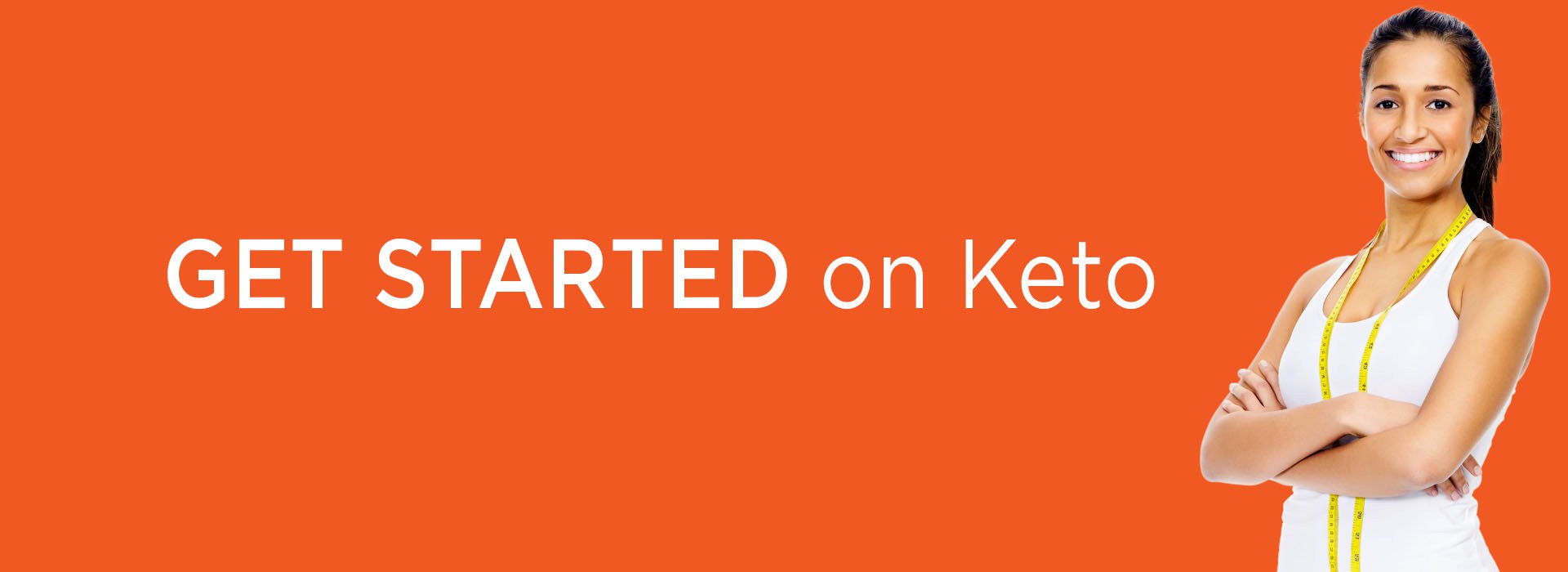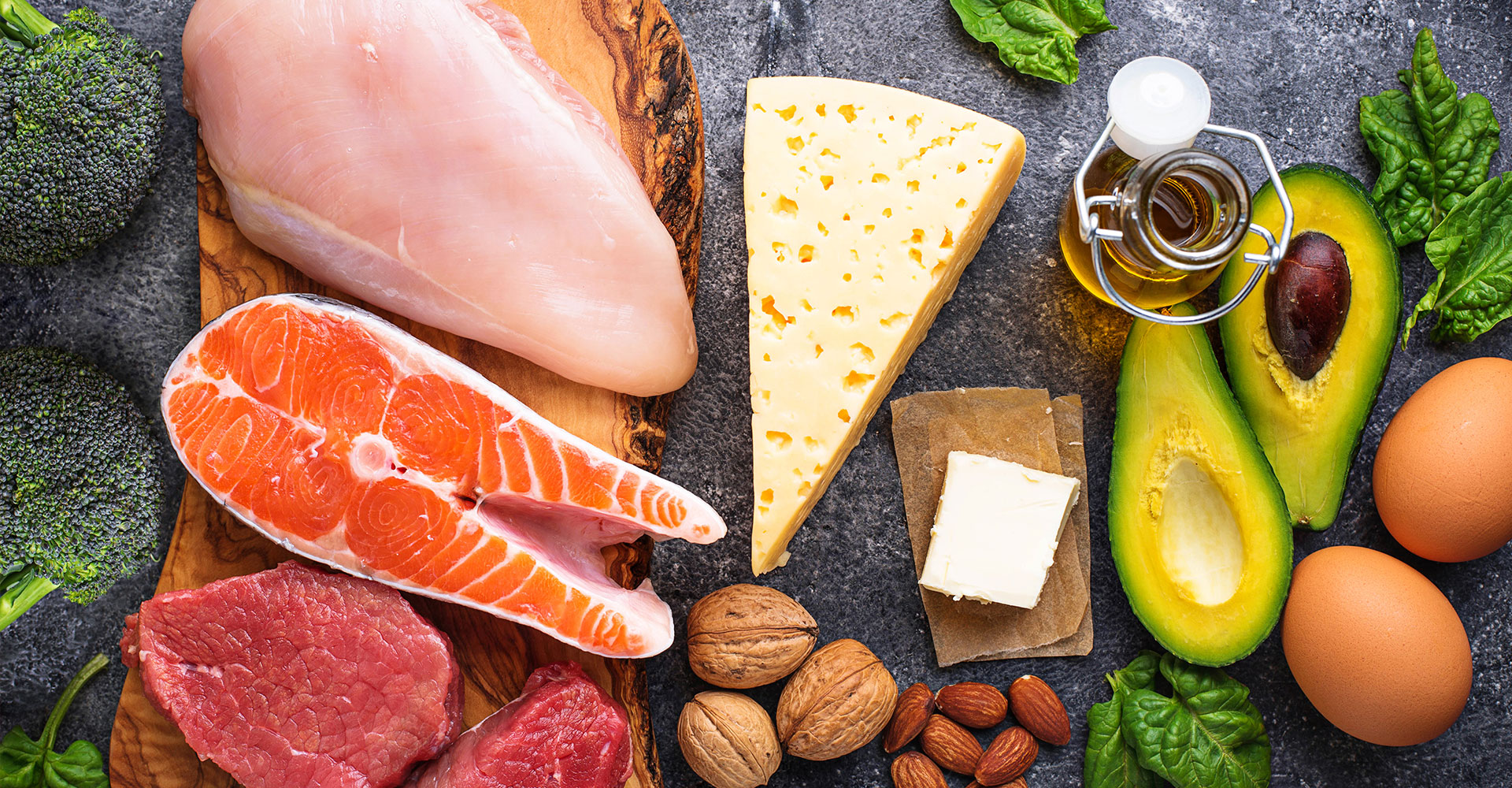

Do calories matter on keto? What exactly should you eat? What are macros and why are they important?
All good questions, and it really depends on who you ask. With so much information about keto and contradicting beliefs, it’s hard to know what is actually right.
The great thing about keto is that you naturally eat fewer calories without even noticing. Win! That means no more starving yourself to get into those jeans! This lifestyle allows you to eat fewer calories than before without having to combat cravings and hunger. Without even realising or counting calories.
We want to be concentrating on foods that are lower in carbs. This will differ between individuals and will depend on your daily carb limit (more info on this with macros). Ideally keeping your ‘net carbs’ below 25g so you can reap the benefits of eating highly satisfying foods and getting and staying in ketosis.
Carbs are sneaky wee things and hide where you least suspect them, even your favourite fruits may put you near your total carb limit for the day. But don’t get discouraged, there are so many yummy foods you can eat.
What is all the fuss about macros? The term is short for macronutrients. These are the energy components of food or your ‘big’ nutrients. They include fat, protein and carbs. This makes up your calories. We want to understand our macros on keto because you need to find the right balance of carbs, protein and fat to get into ketosis and turn your body into a lean, mean, fat-burning machine.
Are made up of sugars and starches. To successfully get into ketosis, you will need to limit your carb intake. Fibre is considered a carb, but it doesn’t count towards your total carb tally. The reason for this is that we can’t really digest fibre so it has a minimal impact on your blood sugars. Only 5% of us get enough quality fibre to meet the recommended 25-30g per day, New Image™ FibreMax™ is a high-quality supplement that provides both soluble and insoluble fibre. Examples of carbs are sugar, honey, bread, pasta, rice, potatoes, kumara.
is important for growth and repair, immune function, and making essential hormones and enzymes. Protein provides energy when there are no carbs and helps preserve lean muscle. Protein is called the building blocks for our body. Protein will vary and it will depend on your health and fitness goals of what you require. Examples of protein are meat, chicken, fish, eggs, dairy, tofu and Alpha Lipid™ SDII.
It’s a common myth that we need to avoid fat. But in fact, we need fat to burn fat. It is essential in our diet for energy, growth and development and absorbing fat-soluble vitamins such as A, D, E and K. Fat is also highly satisfying, so this helps curb your hunger pangs and keeps you fuller for longer. Examples of fats are oils, butter, avocado, cream, nuts and seeds.
So when someone tells you to ‘track your macros’ what they mean is to identify your health goals eg. are you wanting to lose fat, build muscle or get into ketosis for the health benefits? Make sure you know the amount of protein, fat and carbs you require to get into ketosis and then you can track your macronutrient profile of foods each day.
When you eat fewer carbohydrates than you need for energy, the body switches from burning glucose to burning fat instead to meet energy demands. This means that the weight you lose comes from fat, not from muscle.
